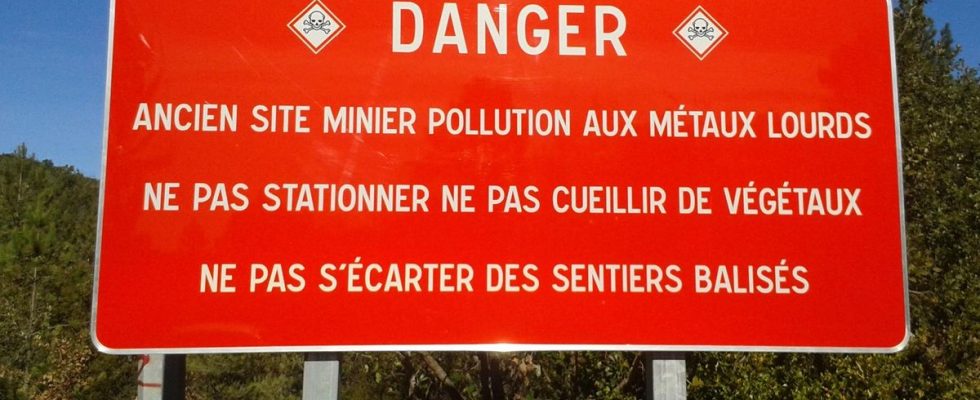There administrative court of appeal of Toulouse agreed with the prefect of Gard in the conflict which opposes him in particular to the Belgian company Union Minière, which has become Umicore. It considers that “the prefect was able to legally give notice to the former operator to manage the mining residues in accordance with waste regulations. »
In the municipalities of Saint-Félix-de-Pallières, Thoiras and Tornac, a territory located between Anduze and Alès, in the Cévennes, heavy metals were exploited industrially from the 19th century until 1971. It involved zinc, lead, silver and other metals (except iron) on the “La Croix de Pallières” concession and iron pyrite on the “Valleraube” concession.
The State and the company operating these mines then completed, in the early 2000s, the work stoppage procedure provided for by the mining code. But “several studies carried out between 2008 and 2016 have shown significant concentrations of heavy metals on certain sites of these former mines”, notes the Court of Appeal. It is the management of this heritage that was at the heart of the conflict between the State and the former operator.
The latest episode in a legal saga
On November 29, 2018, the prefect of Gard had given formal notice to the former operator to manage the mining residues on two sites in Gard. Orders deemed illegal two years later, on December 21, 2020, by the administrative court of Nîmes which had quashed this series of orders. The administrative court of appeal therefore ruled in favor of the prefect and, through him, of the Minister for Ecological Transition and Territorial Cohesion at the origin of this appeal. Umicore, as well as the municipality of Saint-Félix-de-Pallières, can now seize the Council of State, the highest French court.
This is the latest episode in a legal saga that has been going on for years. At the end of 2015, a screening campaign by the ARS (regional health agency) carried out on 651 volunteers (out of 2,800 inhabitants), gave disturbing resultsmade public in July 2016. “22% of study participants had arsenic exposure above the reference value established in the general population and 13% had cadmium exposure above the reference value established in the population general “, concluded the regional agency, which spoke of impregnation, without going so far as to evoke direct contamination.
The difficult legal battle of the inhabitants
Among these inhabitants were many people who had bought land in the immediate vicinity of the old mines, without knowledge of this mining past. Since 2012, when the rumor of soil pollution has become increasingly important, many residents have come together in the Association for the depollution of the old mines of the Old Mountain (Adamvm).
In the wake of the ARS report, 45 complaints against X were filed in 2016, for “endangering the lives of others, involuntary injuries and water pollution”. But the Marseille public prosecutor’s office had closed these complaints without action on July 27, 2020. “It could not be determined with certainty that the heavy metals present on the sites were of human and not natural origin, had explained the prosecutor of the Republic of Marseilles, Dominique Laurens. The causal link between the presence of these metals and the pathologies presented by certain patients has not been the subject of a scientific consensus. And finally, it has not been possible to identify any clear breaches by Umicore of its regulatory obligations applicable at the time of the events”.

